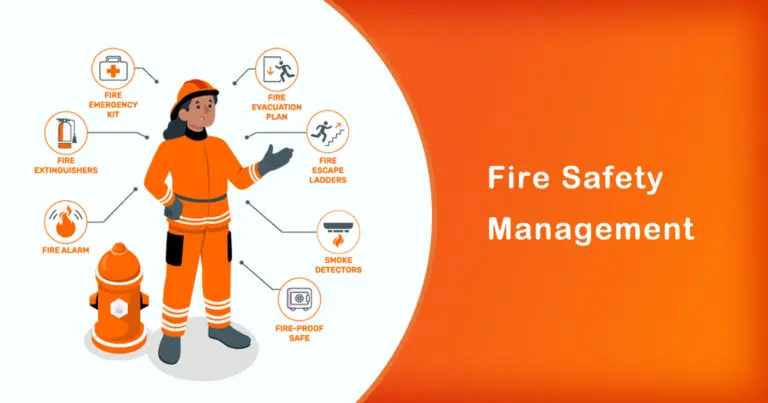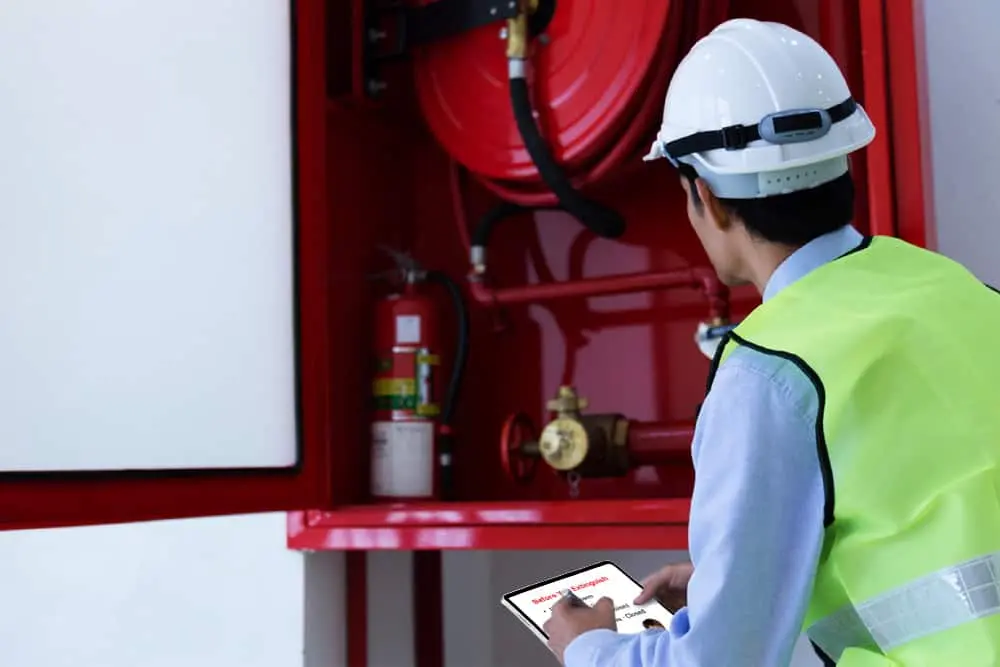
NEBOSH Online Conference 2025: Empowering Global Safety Professionals — Sponsored by Gulf Academy of Safety
In today’s rapidly evolving industries, safety isn’t just a regulation

Managing fire risks is essential for protecting people, property, and business operations. Whether you’re in a residential, commercial, or industrial environment, identifying and managing fire risks through effective fire risk management strategies is crucial. At Gulf Academy Safety, we specialize in helping organizations and individuals implement practical fire safety control measures. This blog provides tips on how to identify fire risk and take action to mitigate it.
Identify fire risks involves evaluating potential hazards that could lead to a fire starting. Here are some key steps:
Check for flammable materials like paper, wood, chemicals, and fuel sources. These are common fire hazards in many environments.
Faulty or overloaded electrical systems are major fire risks. Look for damaged wiring, overloaded sockets, or malfunctioning equipment.
Identify heat-producing equipment such as heaters, kitchen appliances, and machinery. Ensure they are properly maintained and safely positioned away from flammable items.
Activities such as smoking or improper storage of flammable materials can increase fire risk. Monitoring daily practices can help reduce these risks.
Identifying these hazards helps to anticipate where fires may start, a key part of effective fire risk management.
Get the Details: NEBOSH HSW elearning course | NEBOSH Process Safety Course
Control fire risks involves implementing safety measures to minimize or eliminate hazards. Here’s how to improve Practical fire safety control:
Ensure that employees or residents are trained in fire safety protocols, including how to use fire extinguishers and evacuation procedures.
Smoke detectors, fire alarms, and sprinkler systems are critical for detecting fires early and preventing them from spreading.
Ensure electrical systems, fire alarms, and extinguishers are regularly inspected and maintained to minimize the risk of equipment failure leading to fires.
Design clear and accessible evacuation routes, and practice regular fire drills to ensure everyone knows how to respond in an emergency.
Store flammable substances in appropriate, secure containers and in designated areas to reduce the risk of accidental ignition.
By taking these proactive steps, you ensure robust fire risk management and fire safety control in your environment.
See Full Details: Industrial Safety course Standards in india | NEBOSH Process Safety Management course

Effective fire risk management begins with the ability to identify fire risk and implement practical fire safety control measures. At Gulf Academy Safety, we help organizations and individuals stay safe by offering expert advice on minimizing fire risks. By regularly assessing your environment and controlling fire hazards, you can prevent fires before they happen. For more guidance on improving fire safety in your property, reach out to our team of experts today!

In today’s rapidly evolving industries, safety isn’t just a regulation

The UAE is recognized as a global leader in building

In an era where workplace safety, environmental stewardship, and sustainable